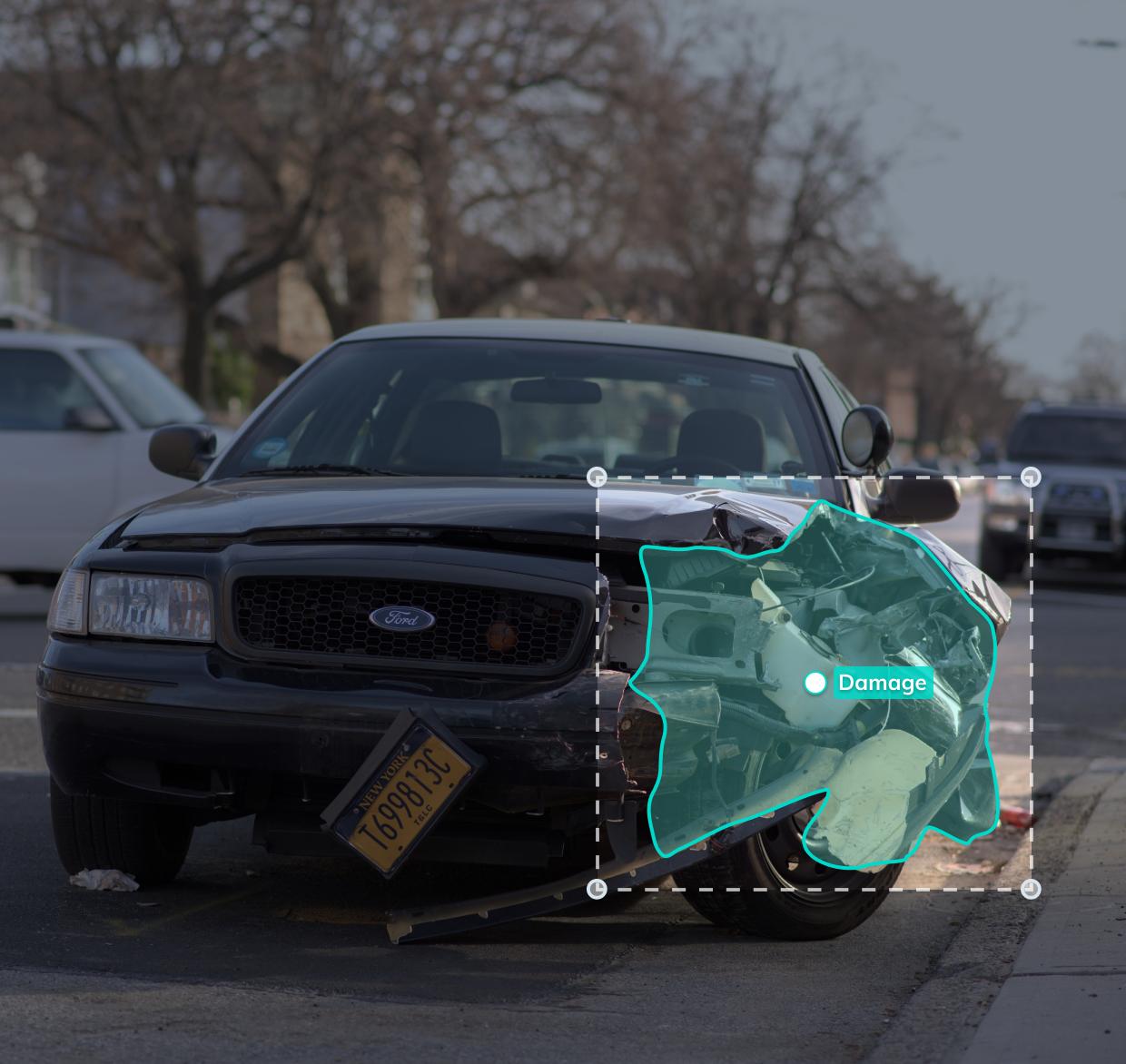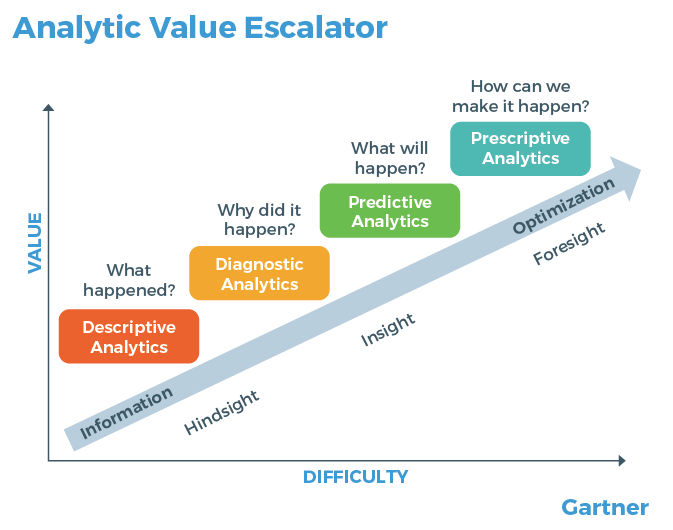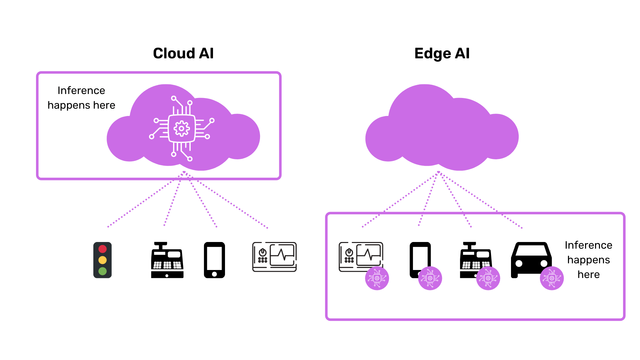
The BINA48 is a robot face with chatbot capabilities that allows users to engage in simple conversation facilities. Owned by the Terasem Movement and developed by Hanson Robotics, the BINA48 first came to the public in 2010.
Mark 1 robot
The Bina48 robotic robot has been the center of much speculation and debate for the last few years. Its creators want to use it for human conversations. But what if we were to use the robot to replace humans? What would it be like to live with an intelligent robot society? We will be looking at the capabilities of Bina48's robot. Bina48 is programmed to answer questions as well as accept compliments.
Mark 2 robot
A Bina48 Mark 2 robot is now available on the market. It's a little less polished and refined than its predecessors. It has a humanoid appearance and can speak through a robot clone. The company's founder Martine Rothblatt commissioned the robot to test its social and emotional abilities. Although the robot lacks the polished appearance of its predecessors this one does display how a typical human can easily be translated into digital programs.
Mark 3 robot
The Bina48 Mark 3 robot has been described as one of the most advanced machines ever created, capable of mimicking human behavior. The robot's design was inspired by Bina Aspen (a transgender woman who married Martine Rothblatt). David Hanson, the robot's designer, created the robot, which cost $125,000. Robot's face is made from a patent material called "Frubber", which can be controlled by small motors. It can show a wide range emotion and its facial movements were described as amazing.

Mark 4 robotics
Bina Rotblatt created the Bina48 robot. This artificial intelligence system is fed information via the Internet. Its face, ears, eyes and ears are able to detect movement and can understand and speak English. The robot is part of the LifeNaut Project, a research initiative that is aimed at studying artificial intelligence and its application in human-computer interaction. However, its impact on the classroom might be limited, especially in countries with low levels of literacy.
Mark 5 robot
The Bina48 Mark 5 robot by Bina48 is an example in futuristic technology. It's designed to look like Black women and was inspired by the Oracle character from Matrix movies. It's made of "Frubber," which is a patent-pending material that gives it lifelike features. It is capable of expressing many emotions and moves with tiny motors. Its grotesque facial movements make it appear even more frightening than the real Bina.
Mark 6 robot
In the midst of the debate about artificial intelligence and humanity, a new robot named Bina48 has made its public debut. The Mark 6 robot may not be as polished and elegant as the Bina48 Mark 1 but it does demonstrate how ordinary people's consciousness can easily be translated into digital programs. Like its human counterpart, it speaks through a robotic clone and can remember specific stories from human Bina's past.
Mark 7 robot
Bina48 Mark 7 has many features. The robot can be connected to an Internet connection and runs off-the shelf software. But, it has a human face. The robot is capable of remembering specific stories from the life of human Bina. It communicates with its human counterpart via its microphone and camera. It also has voice recognition and dictation software, so it can understand and respond to human speech.
Mark 8 robotics
The Bina48 robot is a futuristic technology modeled after a Black woman, much like the Oracle character in the Matrix movies. It is human-like and could eventually become fully human. However, acceptance is difficult for the robot. The robot must first show itself to be a person in order to overcome this obstacle. Bina48 is the answer. The creators of the robot have a plan.

Mark 9 robotics
Bina48 Mark 9 has 32 facial motors, and can connect to the internet. It can use off-the shelf artificial intelligence algorithms to express 64 facial gestures and has a microphone. It can also operate remotely from its hard drive. Though it lives mostly at the Terasem headquarters, the robot has already appeared at e-learning conferences around the world, and is scheduled to speak in Germany next fall.
Mark 10 robot
The BINA48 robot can be programmed for a wide range of tasks. It is self-contained and connected to the internet. To compensate for the lack of a body, it uses thirty-two motors and custom-built artificial intelligence algorithms. BINA48 is capable of voice recognition, speech recognition and facial expressions. BINA48 is able to communicate with humans and accept compliments, unlike humans.
FAQ
AI: What is it used for?
Artificial intelligence (computer science) is the study of artificial behavior. It can be used in practical applications such a robotics, natural languages processing, game-playing, and other areas of computer science.
AI is also known as machine learning. It is the study and application of algorithms to help machines learn, even if they are not programmed.
AI is often used for the following reasons:
-
To make our lives easier.
-
To do things better than we could ever do ourselves.
Self-driving cars is a good example. We don't need to pay someone else to drive us around anymore because we can use AI to do it instead.
From where did AI develop?
Artificial intelligence was created in 1950 by Alan Turing, who suggested a test for intelligent machines. He stated that intelligent machines could trick people into believing they are talking to another person.
John McCarthy, who later wrote an essay entitled "Can Machines Thought?" on this topic, took up the idea. McCarthy wrote an essay entitled "Can machines think?" in 1956. It was published in 1956.
Is AI the only technology that is capable of competing with it?
Yes, but this is still not the case. Many technologies exist to solve specific problems. None of these technologies can match the speed and accuracy of AI.
Statistics
- According to the company's website, more than 800 financial firms use AlphaSense, including some Fortune 500 corporations. (builtin.com)
- More than 70 percent of users claim they book trips on their phones, review travel tips, and research local landmarks and restaurants. (builtin.com)
- By using BrainBox AI, commercial buildings can reduce total energy costs by 25% and improves occupant comfort by 60%. (analyticsinsight.net)
- While all of it is still what seems like a far way off, the future of this technology presents a Catch-22, able to solve the world's problems and likely to power all the A.I. systems on earth, but also incredibly dangerous in the wrong hands. (forbes.com)
- A 2021 Pew Research survey revealed that 37 percent of respondents who are more concerned than excited about AI had concerns including job loss, privacy, and AI's potential to “surpass human skills.” (builtin.com)
External Links
How To
How to set Alexa up to speak when charging
Alexa, Amazon’s virtual assistant is capable of answering questions, providing information, playing music, controlling smart-home devices and many other functions. It can even speak to you at night without you ever needing to take out your phone.
Alexa can answer any question you may have. Just say "Alexa", followed up by a question. Alexa will respond instantly with clear, understandable spoken answers. Alexa will continue to learn and get smarter over time. This means that you can ask Alexa new questions every time and get different answers.
Other connected devices can be controlled as well, including lights, thermostats and locks.
You can also tell Alexa to turn off the lights, adjust the temperature, check the game score, order a pizza, or even play your favorite song.
Alexa to Call While Charging
-
Open Alexa App. Tap the Menu icon (). Tap Settings.
-
Tap Advanced settings.
-
Choose Speech Recognition
-
Select Yes, always listen.
-
Select Yes to only wake word
-
Select Yes to use a microphone.
-
Select No, do not use a mic.
-
Step 2. Set Up Your Voice Profile.
-
You can choose a name to represent your voice and then add a description.
-
Step 3. Step 3.
Speak "Alexa" and follow up with a command
For example: "Alexa, good morning."
If Alexa understands your request, she will reply. For example: "Good morning, John Smith."
Alexa won’t respond if she does not understand your request.
-
Step 4. Restart Alexa if Needed.
After these modifications are made, you can restart the device if required.
Notice: If the speech recognition language is changed, the device may need to be restarted again.